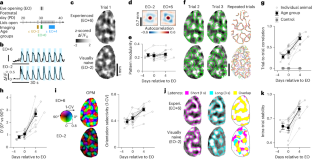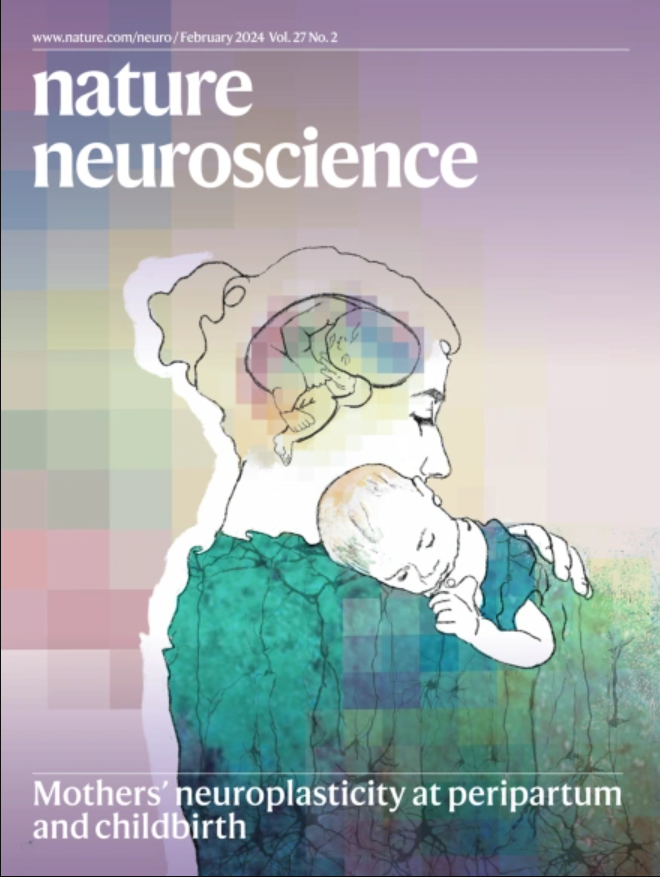The developmental emergence of reliable cortical representations
IF 21.2
1区 医学
Q1 NEUROSCIENCES
引用次数: 0
Abstract
The fundamental structure of cortical networks arises early in development before the onset of sensory experience. However, how endogenously generated networks respond to the onset of sensory experience and how they form mature sensory representations with experience remain unclear. In this study, we examined this ‘nature–nurture transform’ at the single-trial level using chronic in vivo calcium imaging in ferret visual cortex. At eye opening, visual stimulation evokes robust patterns of modular cortical network activity that are highly variable within and across trials, severely limiting stimulus discriminability. These initial stimulus-evoked modular patterns are distinct from spontaneous network activity patterns present before and at the time of eye opening. Within a week of normal visual experience, cortical networks develop low-dimensional, highly reliable stimulus representations that correspond with reorganized patterns of spontaneous activity. Using a computational model, we propose that reliable visual representations derive from the alignment of feedforward and recurrent cortical networks shaped by novel patterns of visually driven activity. Sensory experience transforms endogenously structured cortical networks with diverse and unreliable visual responses into reliable representations. This process is proposed to involve the alignment of feedforward and recurrent networks.


求助全文
约1分钟内获得全文
求助全文
来源期刊

Nature neuroscience
医学-神经科学
CiteScore
38.60
自引率
1.20%
发文量
212
审稿时长
1 months
期刊介绍:
Nature Neuroscience, a multidisciplinary journal, publishes papers of the utmost quality and significance across all realms of neuroscience. The editors welcome contributions spanning molecular, cellular, systems, and cognitive neuroscience, along with psychophysics, computational modeling, and nervous system disorders. While no area is off-limits, studies offering fundamental insights into nervous system function receive priority.
The journal offers high visibility to both readers and authors, fostering interdisciplinary communication and accessibility to a broad audience. It maintains high standards of copy editing and production, rigorous peer review, rapid publication, and operates independently from academic societies and other vested interests.
In addition to primary research, Nature Neuroscience features news and views, reviews, editorials, commentaries, perspectives, book reviews, and correspondence, aiming to serve as the voice of the global neuroscience community.
 求助内容:
求助内容: 应助结果提醒方式:
应助结果提醒方式:


